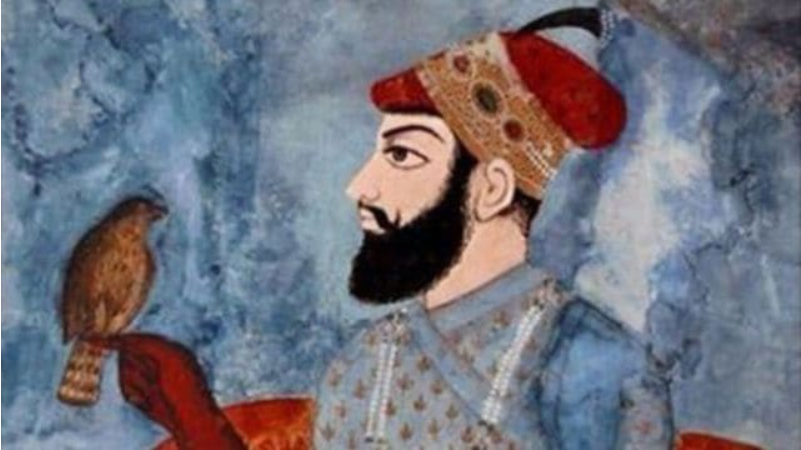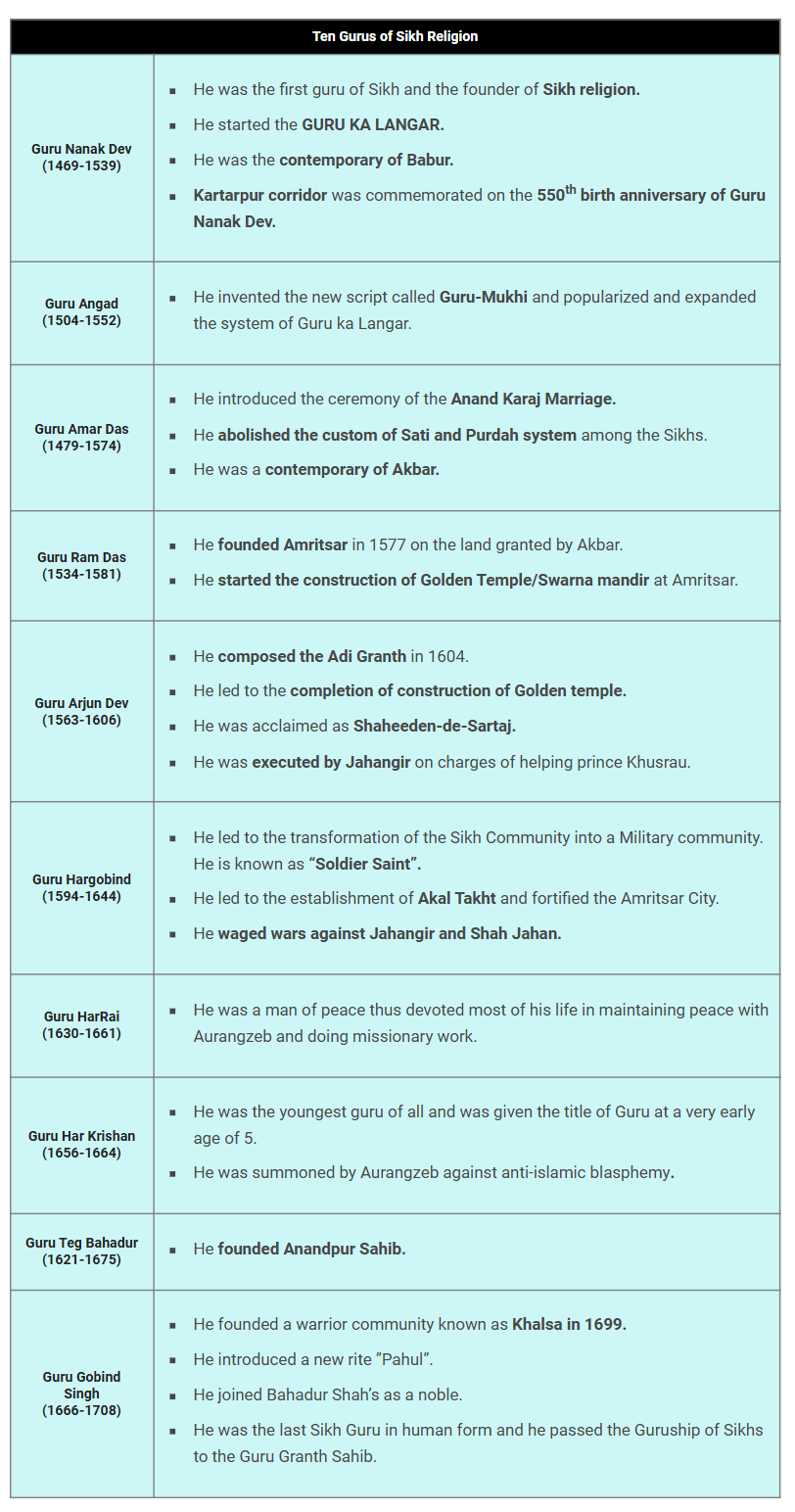Haryana Switch to Hindi
350th Martyrdom Anniversary of Guru Tegh Bahadur
Why in News?
The Haryana Legislative Assembly unanimously passed a resolution to honor Guru Tegh Bahadur on his 350th martyrdom anniversary and announced plans for a major event in Kurukshetra on 25 November, featuring religious processions.
- He made the supreme sacrifice in November 1675 at Chandni Chowk, Delhi, defending the right to religious freedom.
Key Points
- Tribute to Guru Tegh Bahadur: Chief Minister Nayab Singh Saini presented a resolution highlighting that spreading Guru Tegh Bahadur's teachings of mutual cooperation and brotherhood is the best tribute to his sacrifice.
- The resolution also recalled the martyrdom of Guru Tegh Bahadur’s followers, Bhai Mati Das, Bhai Sati Das, and Bhai Dayala, who laid down their lives with unshakable faith.
- Connection with Haryana: Guru Tegh Bahadur visited several places in Haryana during his travels, including Kurukshetra, Pehowa, Kaithal, Jind, Ambala, Cheeka, and Rohtak.
- These sites are home to significant gurdwaras, such as Gurdwara Sri Dhamtan Sahib in Jind and Gurdwara Sri Sheeshganj Sahib in Ambala, which stand as lasting symbols of his blessings and teachings.
Guru Tegh Bahadur
- He was the 9th sikh guru, revered for his teachings, bravery, and martyrdom.
- Born on 21st April 1621 in Amritsar to Guru Hargobind (6th sikh guru) and Mata Nanki, Guru Tegh Bahadur was originally named Tyag Mal for his ascetic nature.
- Trained by Bhai Gurdas in scriptures and by Baba Budha in martial arts, he distinguished himself in battle at the age of 13.
- He contributed 116 hymns to the Guru Granth Sahib, travelled widely to spread Sikh teachings, and founded Chak-Nanki (now part of Anandpur Sahib).
- In 1675, he was executed in Delhi on the orders of Mughal Emperor Aurangzeb for defending religious freedom against forced conversions, earning the title “Hind di Chadar” (Protector of Hind).
National Current Affairs Switch to Hindi
Lok Samvardhan Parv
Why in News?
The Ministry of Minority Affairs, Government of India, is organizing the 5th edition of Lok Samvardhan Parv from 26th August to 4th September, 2025, in Kochi, Kerala.
- The event, marking the first-ever Lok Samvardhan Parv in Kerala, will showcase over 100 artisans and 15 culinary experts from across the country.
Key Points
- About: Lok Samvardhan Parv is a flagship initiative by the Ministry of Minority Affairs, designed to empower artisans, craftspersons, weavers, culinary experts, and entrepreneurs from minority communities by providing them with market linkages and national exposure.
- Objective: The festival aims to celebrate India’s vibrant diversity and provide a platform for these communities to showcase their art, craft, and culinary talent.
- This initiative is aligned with the government's vision of promoting inclusive development and self-reliance among minority communities.
- Crafts: The festival will showcase a wide variety of traditional crafts, including:
|
Craft/Art |
Region |
|
Zari and Chikankari |
Uttar Pradesh |
|
Phulkari embroidery |
Punjab |
|
Madhubani paintings |
Bihar |
|
Blue Pottery |
Rajasthan |
|
Pashmina weaving |
Ladakh |
|
Bastar Iron Craft |
Chhattisgarh |
|
Channapatna wooden toys |
Karnataka |
|
Nettippattam making |
Kerala |
India's Minority Communities
- Minority Communities: The Central Government determines minority status under the National Commission for Minorities Act (NCMA), 1992, officially recognizing Muslims, Sikhs, Christians, Buddhists, Jains (added in 2014), and Zoroastrians (Parsis) as minority communities.
- Together, they constitute around 19.3% of India’s total population (Census 2011).
- While most states follow the central list, some, like Maharashtra, may have their own (e.g., Jews are a notified minority in Maharashtra).
- Constitutional Provisions:
- Article 29 protects minorities' rights to preserve their distinct language, script, and culture, and prohibits discrimination based on religion, race, caste, or language.
- Article 30 grants minorities the right to establish and manage educational institutions.
- Institutions to Protect Minority Rights:
- Ministry of Minority Affairs: Established in 2006, carved out from the Ministry of Social Justice & Empowerment, coordinates programs for the socio-economic development of minority communities in India.
- National Commission for Minorities (NCM): Created under the NCMA 1992, the NCM safeguards the interests of minority groups in line with the Constitution and laws enacted by the Parliament.
National Current Affairs Switch to Hindi
India to Lead Executive Board of AIBD
Why in News?
India has been elected as the Chairman of the Executive Board of Asia-Pacific Institute for Broadcasting Development (AIBD) during the 23rd AIBD General Conference, held from 19th to 21st August 2025 in Phuket, Thailand.
- This marks a significant milestone, as India last held the position of AIBD Executive Council Chairman in 2016.
AIBD General Conference (GC 2025)
- About: The 23rd GC 2025 and Associated Meetings of AIBD brought together global stakeholders in electronic media, with a focus on promoting a dynamic and cooperative media landscape across the Asia-Pacific region through policy discussions and resource sharing.
- India is also the chairman of AIBD GC, with Gaurav Dwivedi, CEO of Prasar Bharati, serving as the President of the AIBD GC until August 2025.
- Theme: The theme for the current year was “Media for People, Peace & Prosperity”.
- Significance: It highlights the global confidence in India’s leadership in the field of broadcasting and sets the stage for India to play an even more strategic and influential role in shaping media development worldwide.
Asia-Pacific Institute for Broadcasting Development (AIBD)
- Foundation: It was founded in 1977 under UNESCO's guidance, with India as a founding member.
- The International Telecommunication Union (ITU), the United Nations Development Programme (UNDP), and the Asia-Pacific Broadcasting Union (ABU) are founding organizations of the Institute, and they are non-voting members of the General Conference.
- Prasar Bharati, India’s public service broadcaster represents the Ministry of Information & Broadcasting in the organization.
- Membership: It is a unique regional inter-governmental organization with over 92 member organizations from 45 countries.
- Secretariat: Its secretariat is situated in Kuala Lumpur and is hosted by the Government of Malaysia.

.gif)

.png)





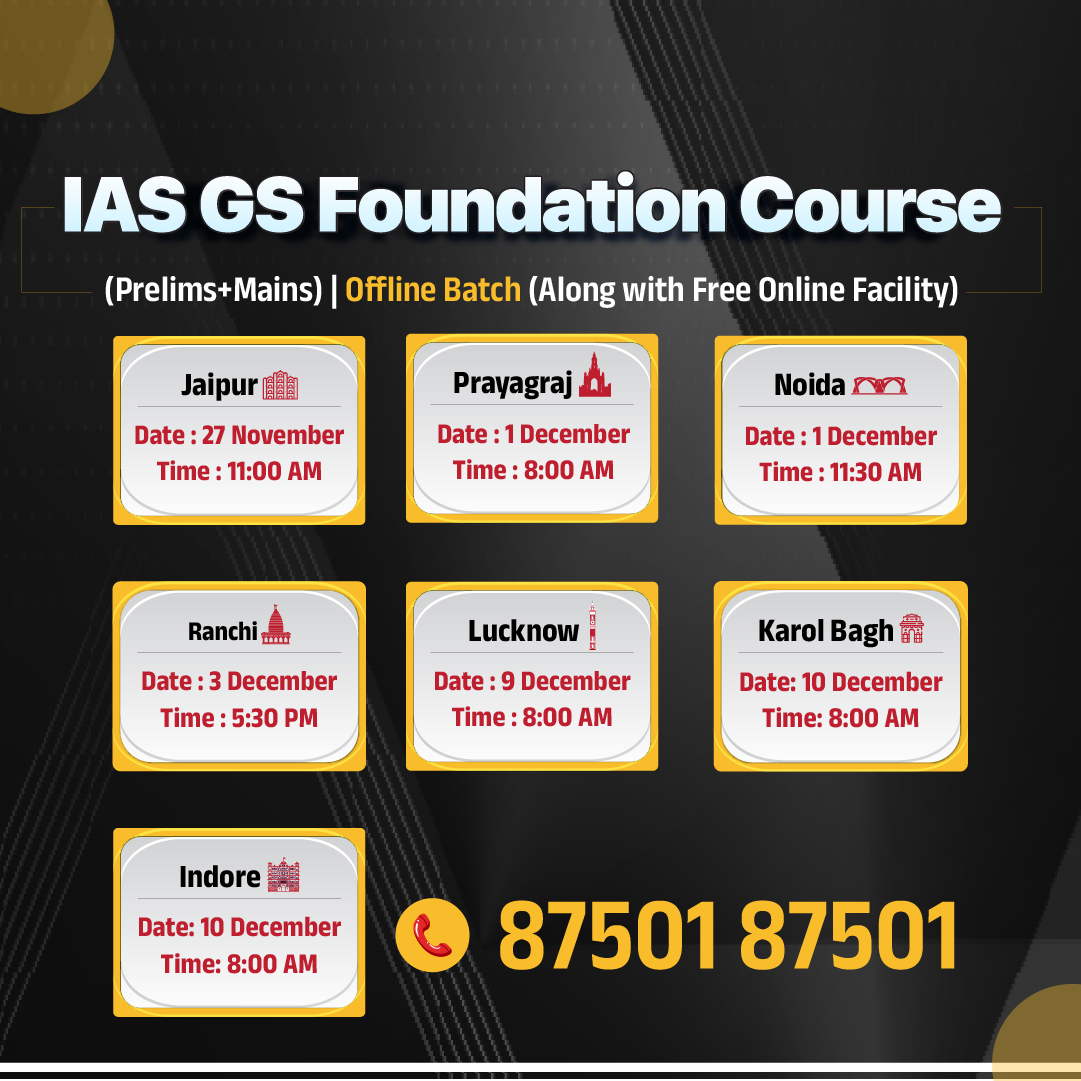



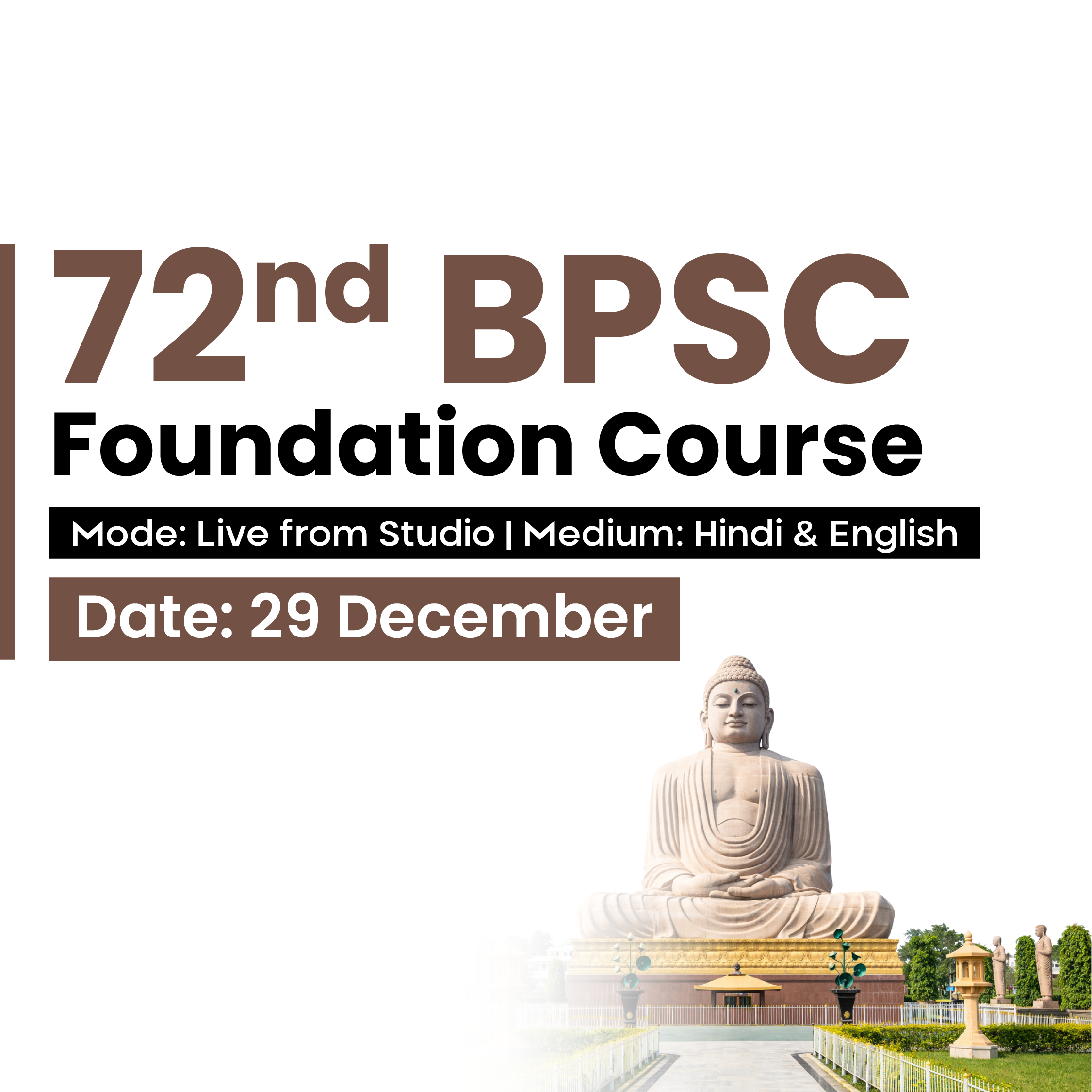

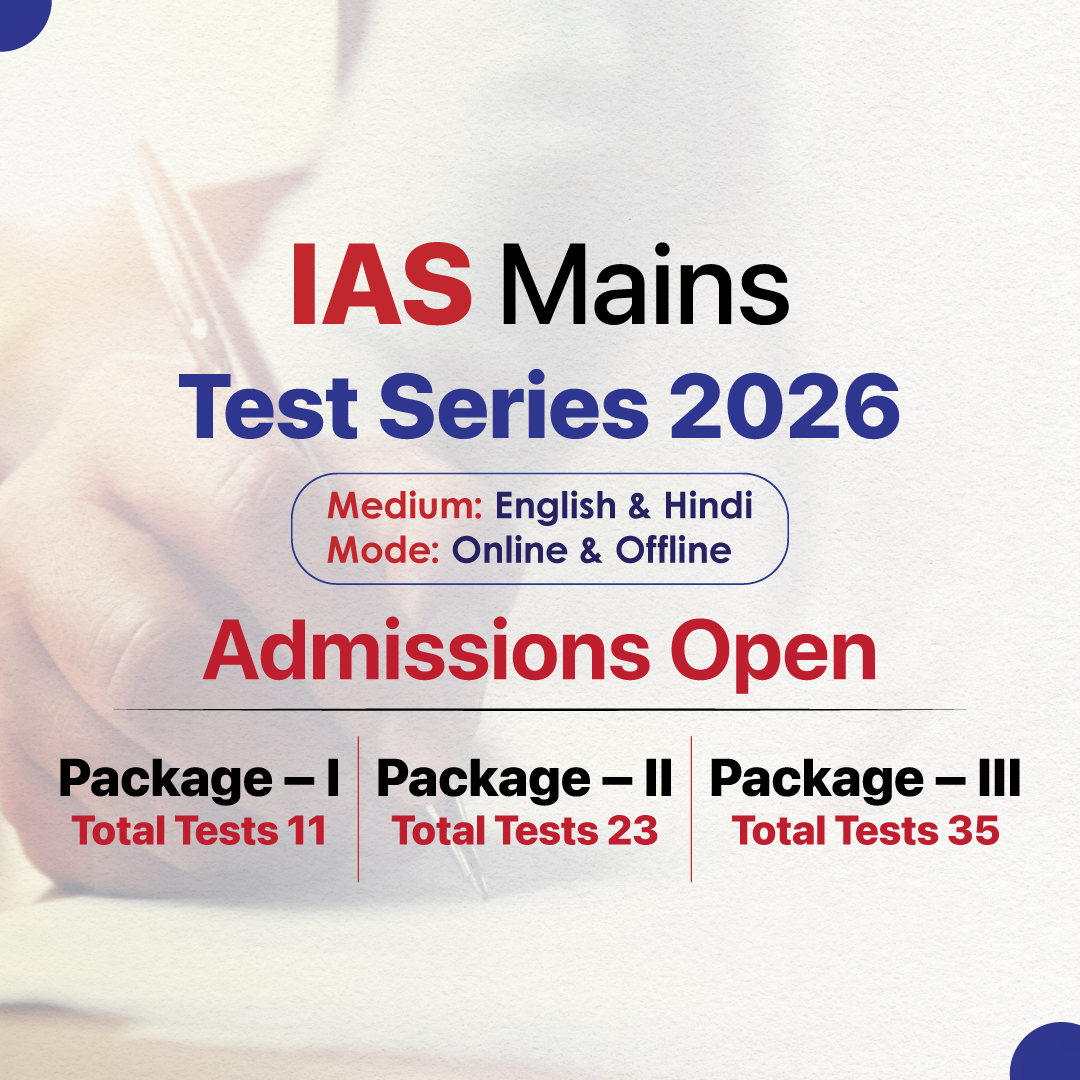

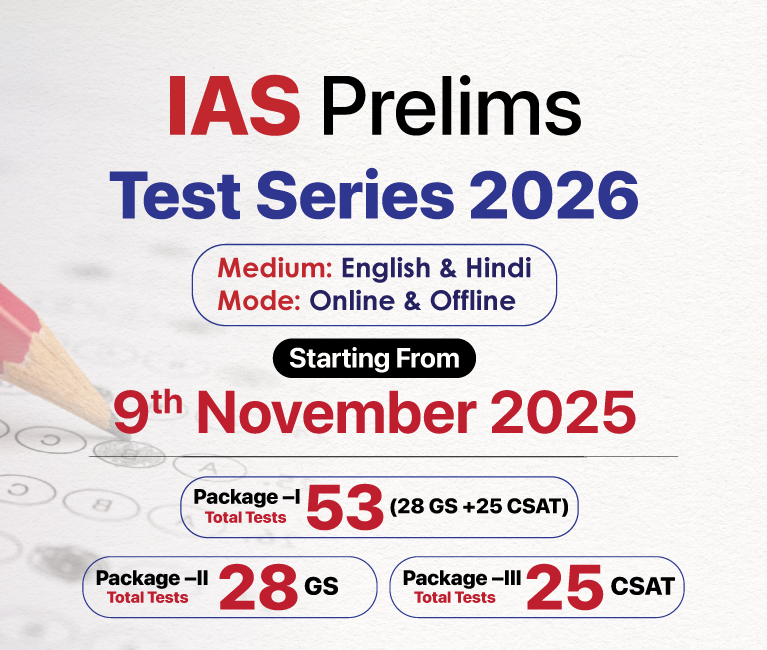


.png)
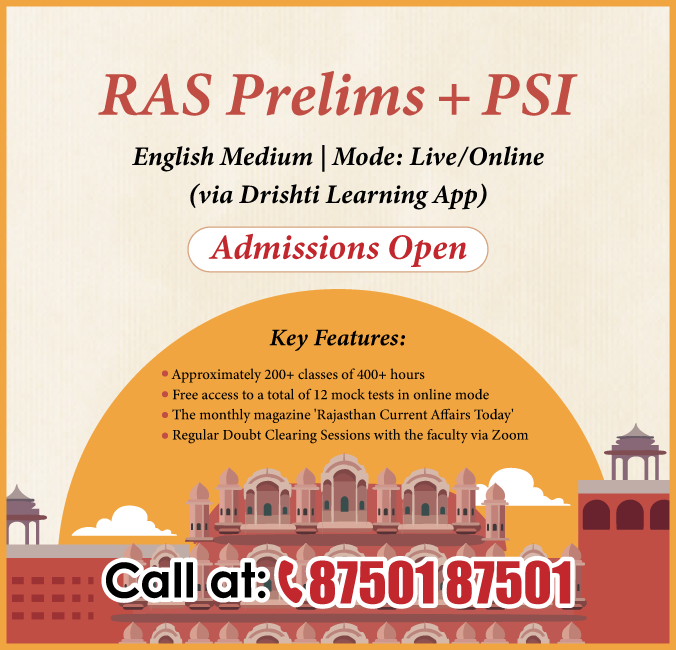

.jpg)

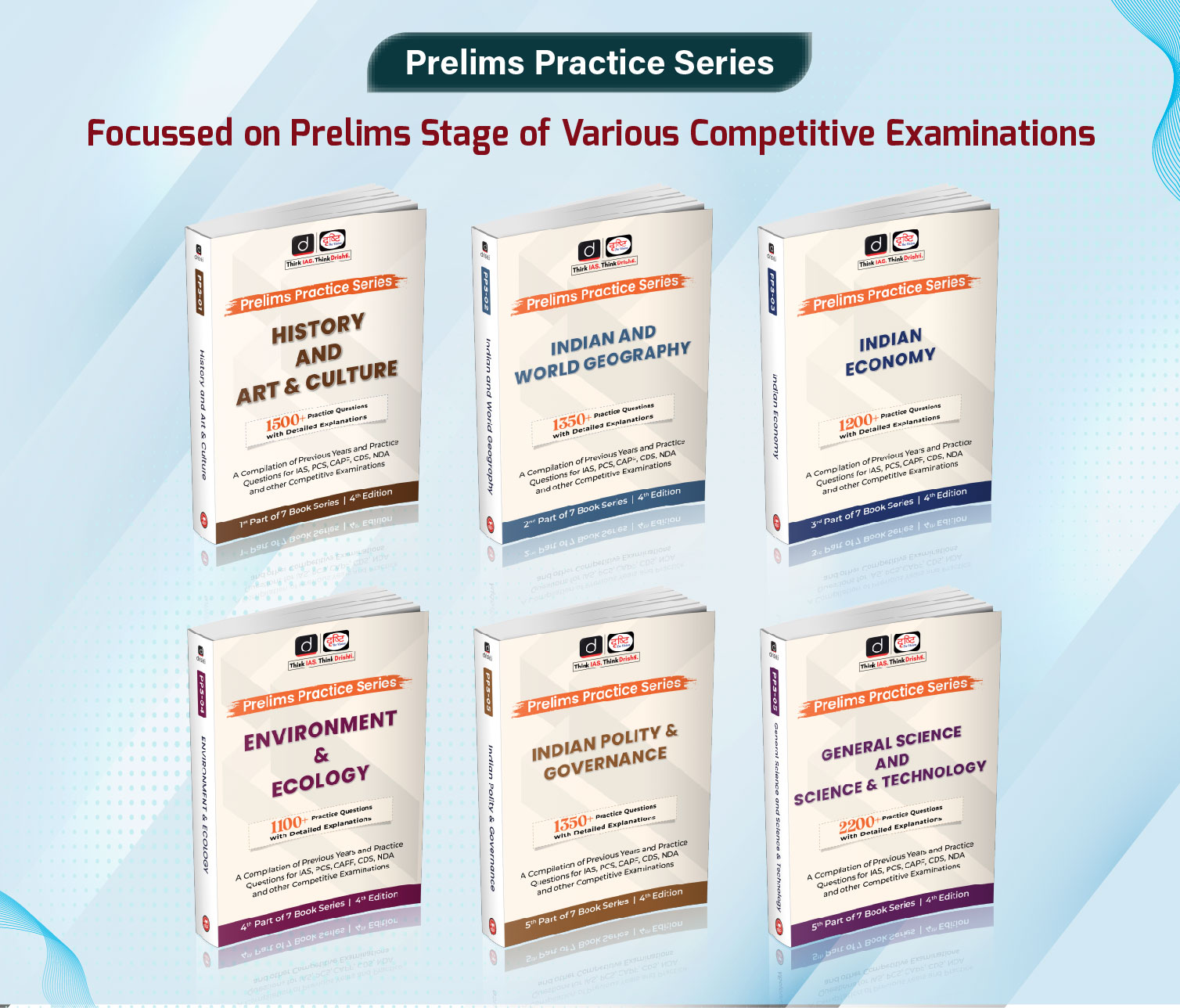

 PCS Parikshan
PCS Parikshan